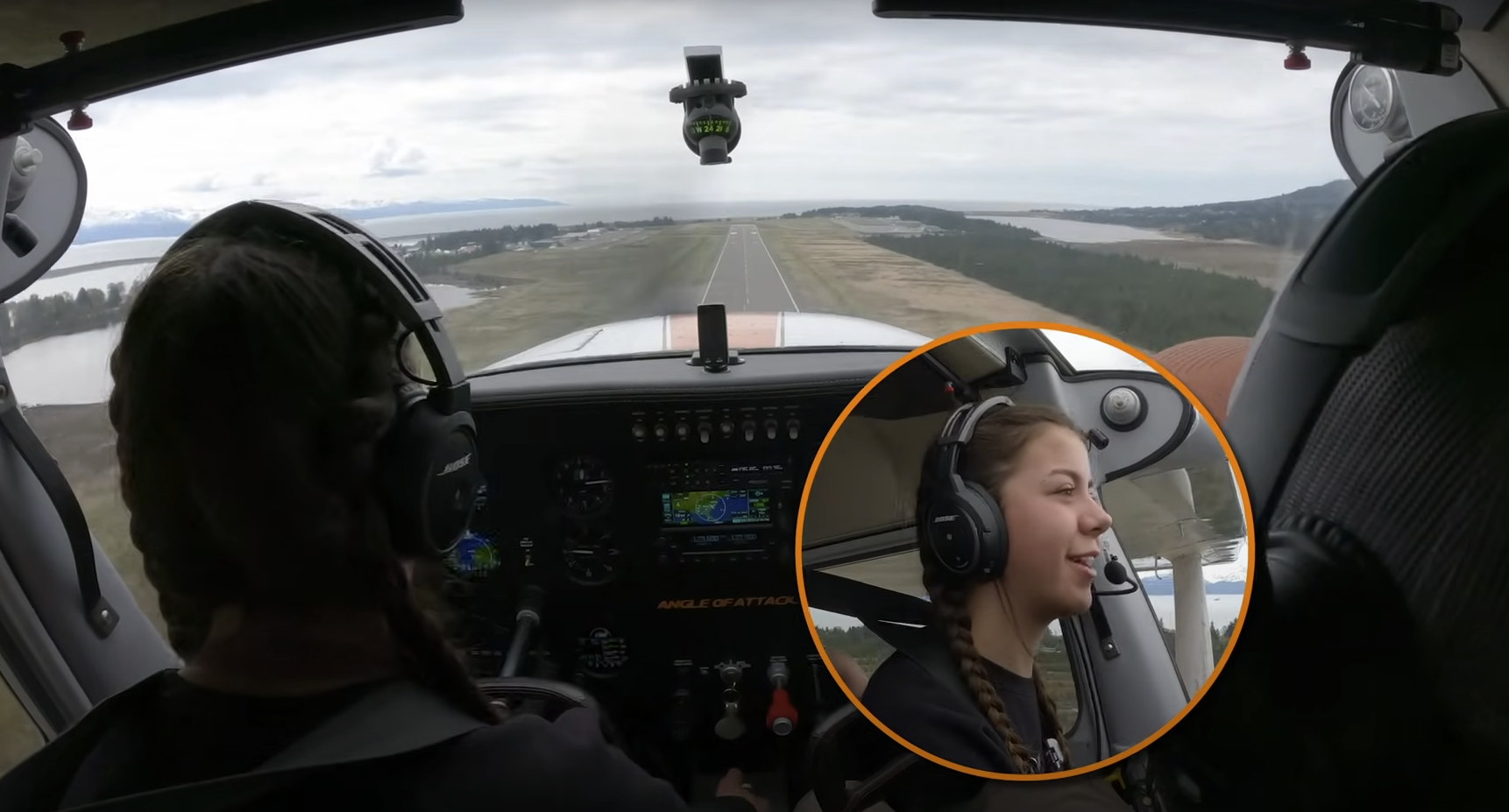VR/360 viewing tips at bottom of description:
Ground reference maneuvers, and in this case S-Turns, are allllll about the wind. How do you as a pilot control the aircraft to compensate for wind while in flight?
Most of the time as pilots, we’re trying to draw a nice path through the sky. This is a challenge, because our usual perceptions are ground based, and now we can operate in the air in 3D space instead of on a 2D road.
The way to accomplish these maneuvers is in the name: ground reference. Look at the ground. Draw your path on the ground. Control the aircraft to keep that path over the ground. Use little targets and landmarks that help you keep track of your progress as you’re going throughout the maneuver. Then, it’s a matter of adjusting your bank angle to compensate for how much the wind is acting upon the aircraft.
Jump in the conversation and let us know what you learned, or if you had another thoughts and tips for the community.
–––––––––––––––––––––––––––––––––––––––––––––––
VR is best viewed in HD. You can use the mouse cursor to move the view, or your finger on mobile device. Mobile devices can be used with the accelerometer to look around the cockpit. Check it out!
Chief Flight Instructor and President of Angle of Attack. Founded in 2006.

Stay Connected
Be the very first to get notified when we publish new flying videos, free lessons, and special offers on our courses.






